Zen master: Carlo Scarpa and Japan's guiding influence
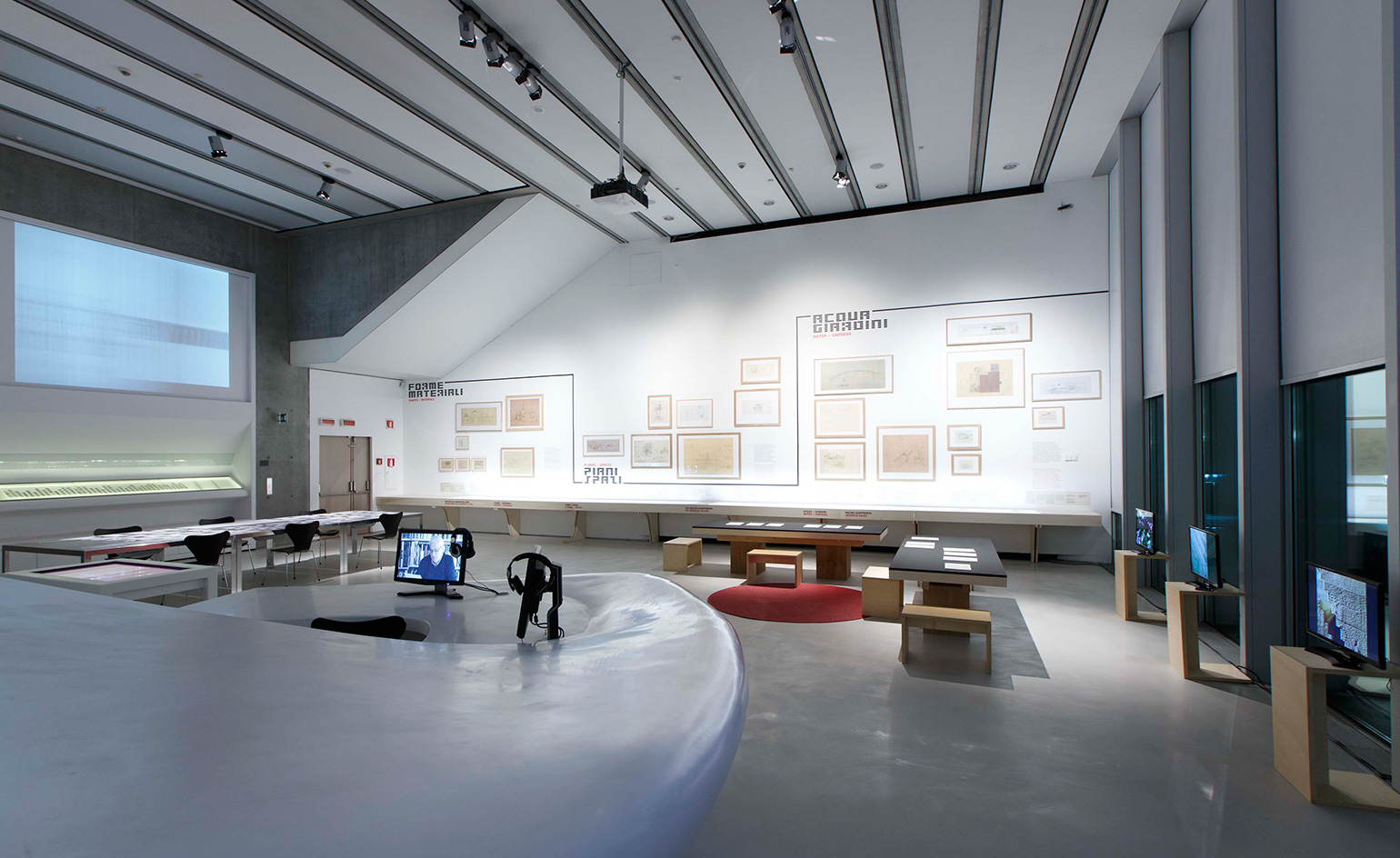
In 1978, Carlo Scarpa was visiting Sendai, in the north of Japan. It was only the Venetian architect’s second visit to the country, and it would be his last. Though the reason for his trip is unknown, his tragic death – after falling down a flight of stairs – has been widely recorded, perhaps because of the emphatic connection that it would make between Scarpa and Japan.
There are very clear Japanese influences in Scarpa’s most iconic achievements: features such as the interlocking circles (representing male/female union) at the Brion Cemetery, Veneto – where Scarpa is buried – the latticed Shoji-esque doors of the Castelvecchio Museum; the stark minimalism in his Olivetti showroom; the profound sensitivity to details to create harmony with the seasons. Scarpa established himself using old techniques and looking at ancient craft, by renewing tradition with modern innovation – qualities at the core of architectural thinking in post-war Japan.
Yet the influence of not only Japanese architecture, but of its culture, design and even Zen spiritualism in Scarpa’s work in Italy has been investigated very little (a 1996 documentary on the architect and designer, for example, makes no mention of Japan). Scarpa first visited Japan in 1969, yet for years before that was exposed to Japonism – the western fetishisation of Japanese culture and aesthetics – in the work of artists and architects he admired such as Gustav Klimt and Frank Lloyd Wright.
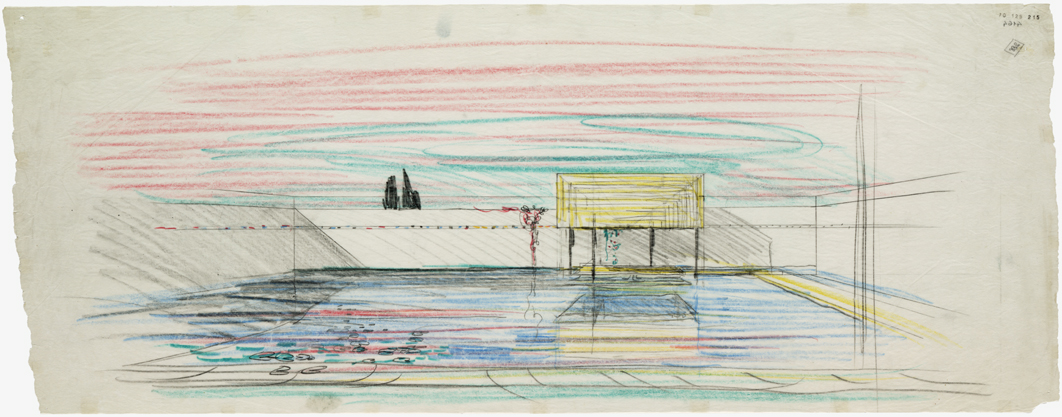
Original drawing of the water pavilion at Brion Tomb, San Vito d'Altivole, by Carlo Scarpa, 1969–1978
As part of the MAXXI Foundation’s exhibition 'The Japanese House. Architecture & Life after 1945' in Rome, the impact of Japan on his practice will be brought to light via Scarpa’s own personal documents, photographs and library, including the Japan Design House magazines he collected for a decade, as well as books on Japan by Fosco Maraini and Mario Gromo, used as travel guides and filled with Scarpa’s own reflections.
In an interview only a month before his final journey to the country in 1978, Scarpa said, 'Yes, I am very much influenced by Japan, and not just because I visited it, but because even before I went there, I admired their essentiality and above all their supreme good taste. What we call good taste is present everywhere in Japan.'
This rare exploration of Scarpa and Japan considers new ways for understanding one of the greatest architects of the 20th century and his legacy, and more widely, gives new insights into the history of significant cultural exchange between East and West in the last century.
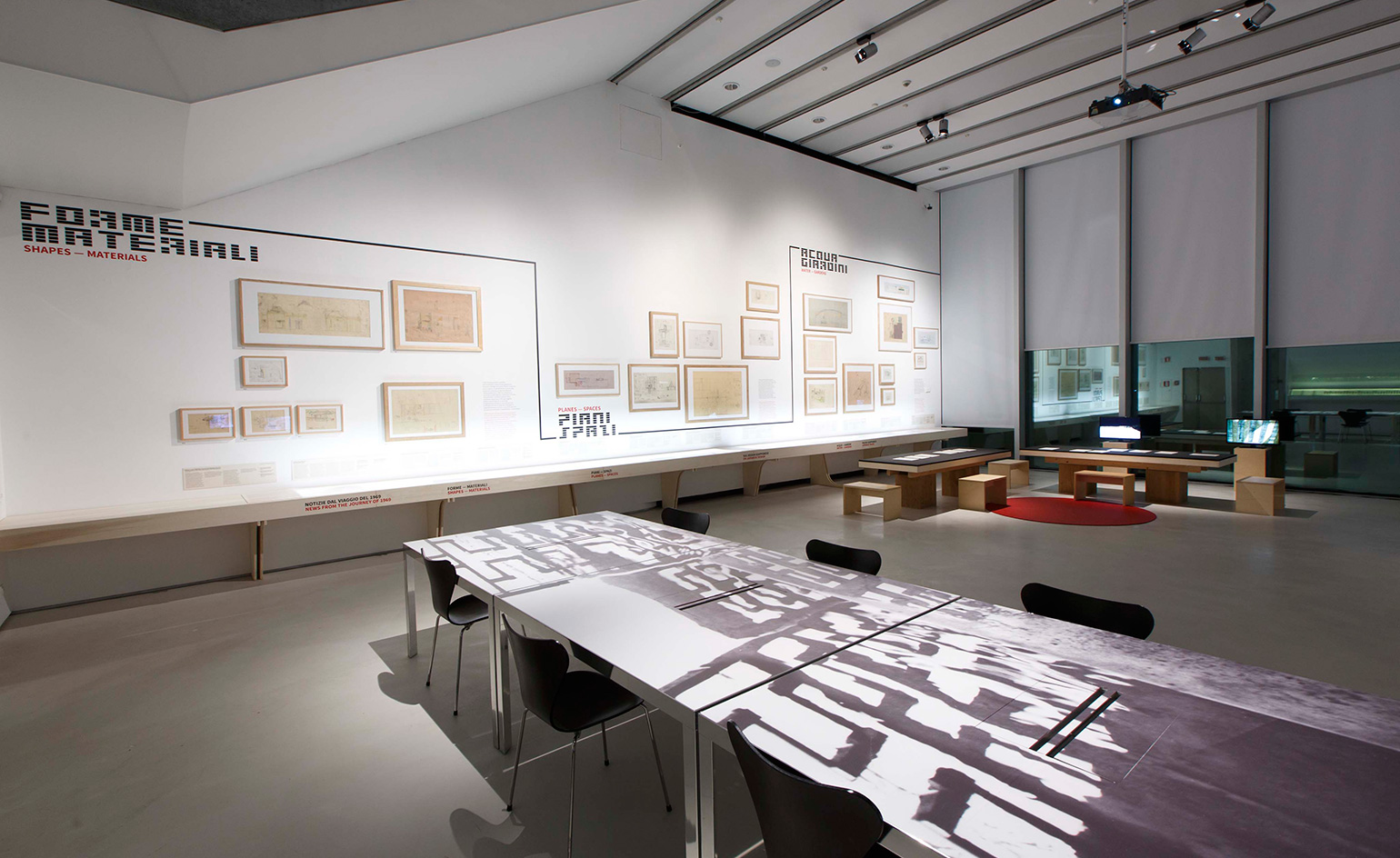
This rare exploration of Scarpa and Japan considers new ways for understanding one of the greatest architects of the 20th century
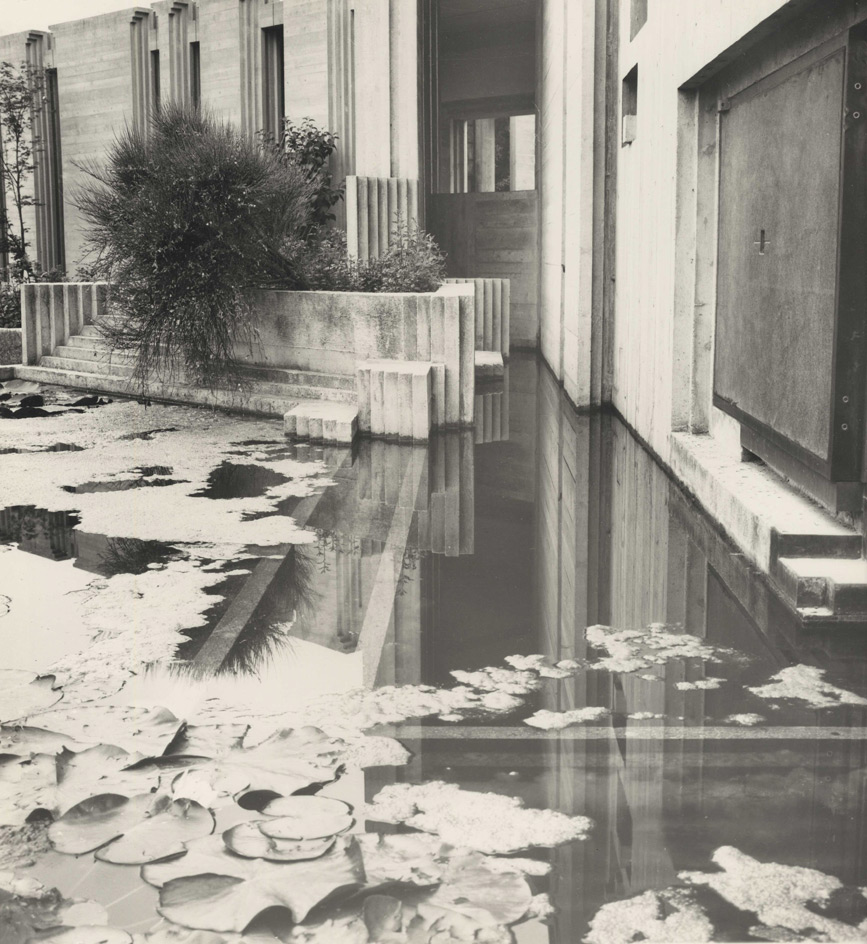
The Brion Tomb, constructed between 1969–1978, is one of Scarpa's most elaborate creations.
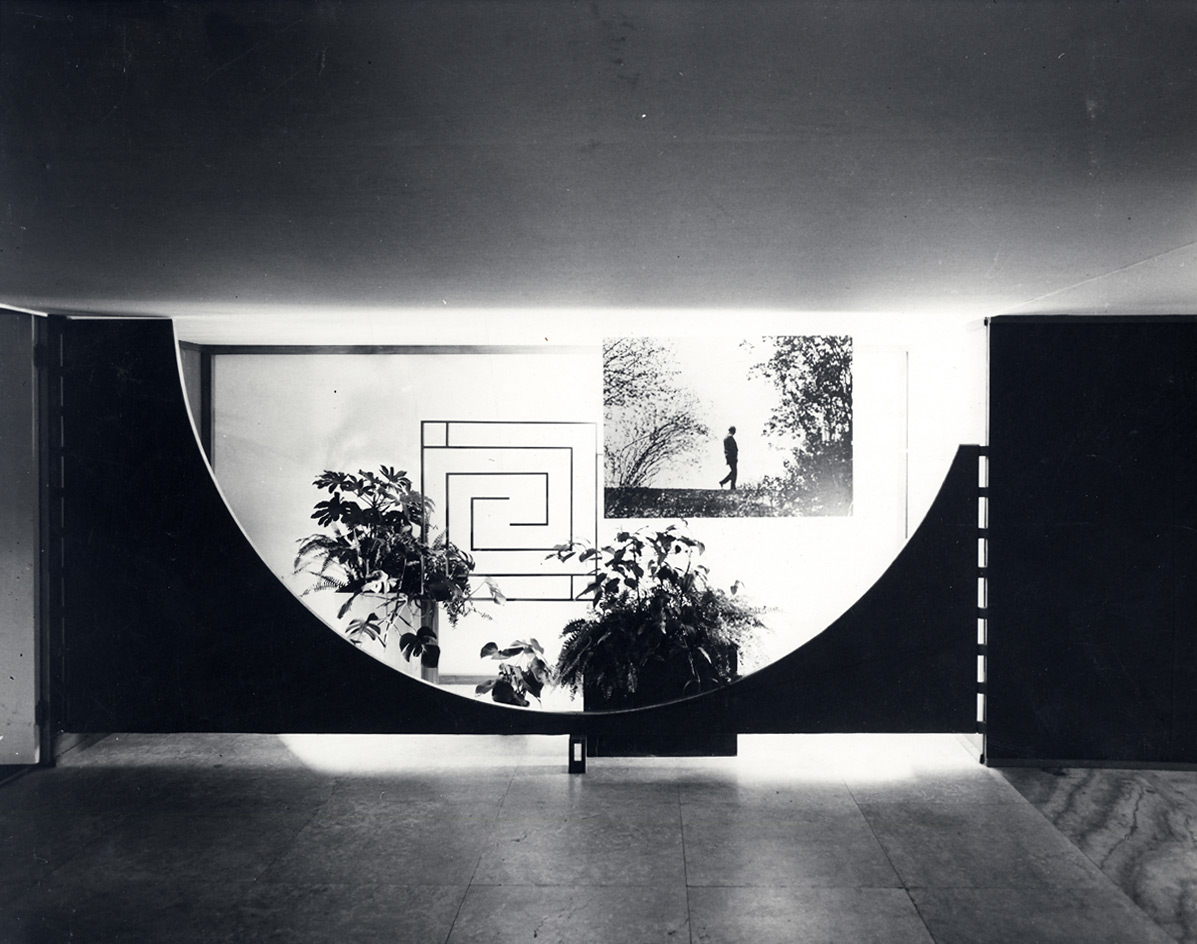
Scarpa conceived the exhibition design for the Frank Lloyd Wright show (entrance pictured) at the MAXXI Foundation in 1960
INFORMATION
'Carlo Scarpa and Japan' is on view until 26 February 2017. For more information, visit the MAXXI Foundation website
ADDRESS
MAXXI Foundation
Via Guido Reni, 4/A
00196 Rome
Receive our daily digest of inspiration, escapism and design stories from around the world direct to your inbox.
Charlotte Jansen is a journalist and the author of two books on photography, Girl on Girl (2017) and Photography Now (2021). She is commissioning editor at Elephant magazine and has written on contemporary art and culture for The Guardian, the Financial Times, ELLE, the British Journal of Photography, Frieze and Artsy. Jansen is also presenter of Dior Talks podcast series, The Female Gaze.
-
 The White House faced the wrecking ball. Are these federal buildings next?
The White House faced the wrecking ball. Are these federal buildings next?Architects and preservationists weigh in on five buildings to watch in 2026, from brutalist icons to the 'Sistine Chapel' of New Deal art
-
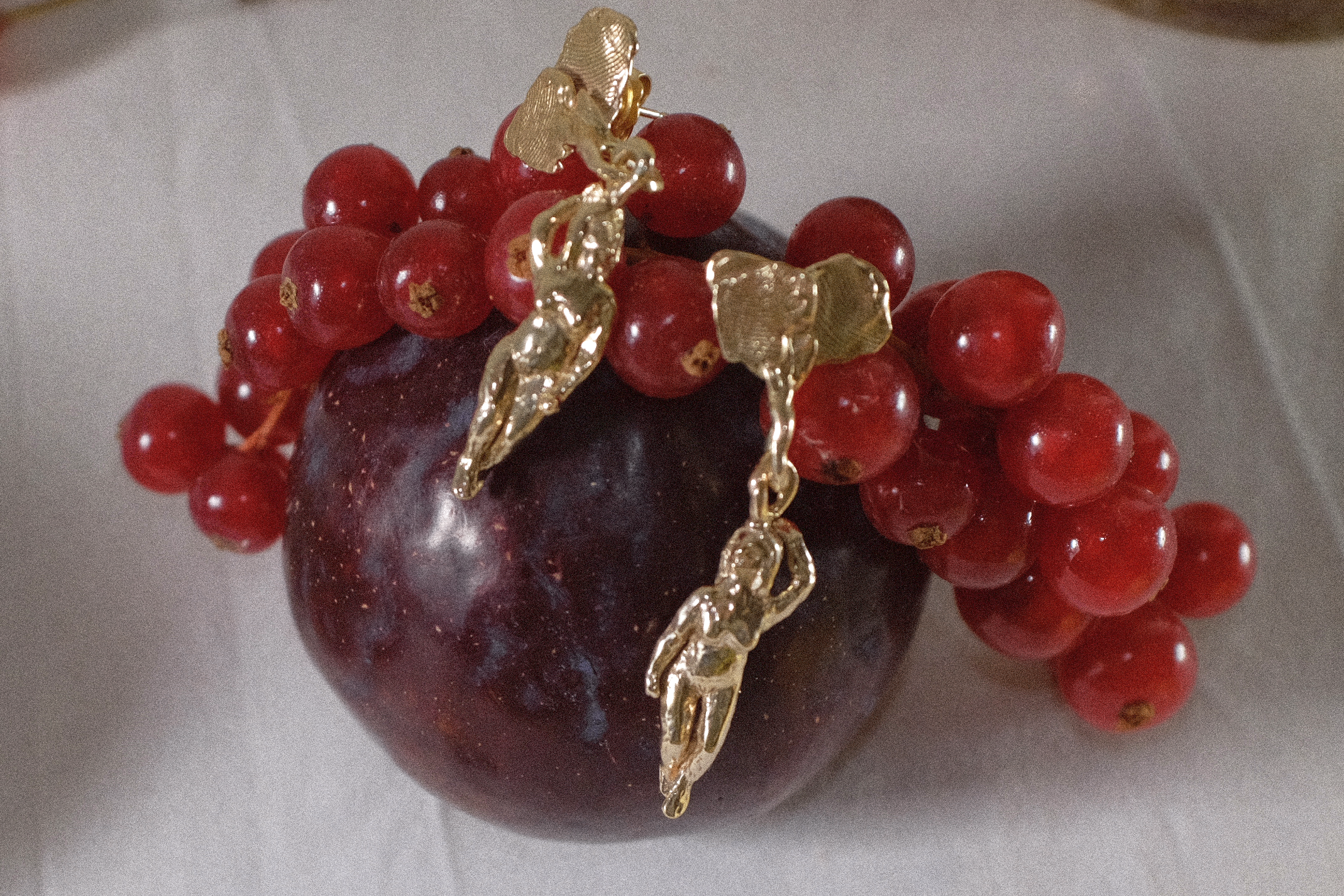 Georgia Kemball's jewellery has Dover Street Market's stamp of approval: discover it here
Georgia Kemball's jewellery has Dover Street Market's stamp of approval: discover it hereSelf-taught jeweller Georgia Kemball is inspired by fairytales for her whimsical jewellery
-
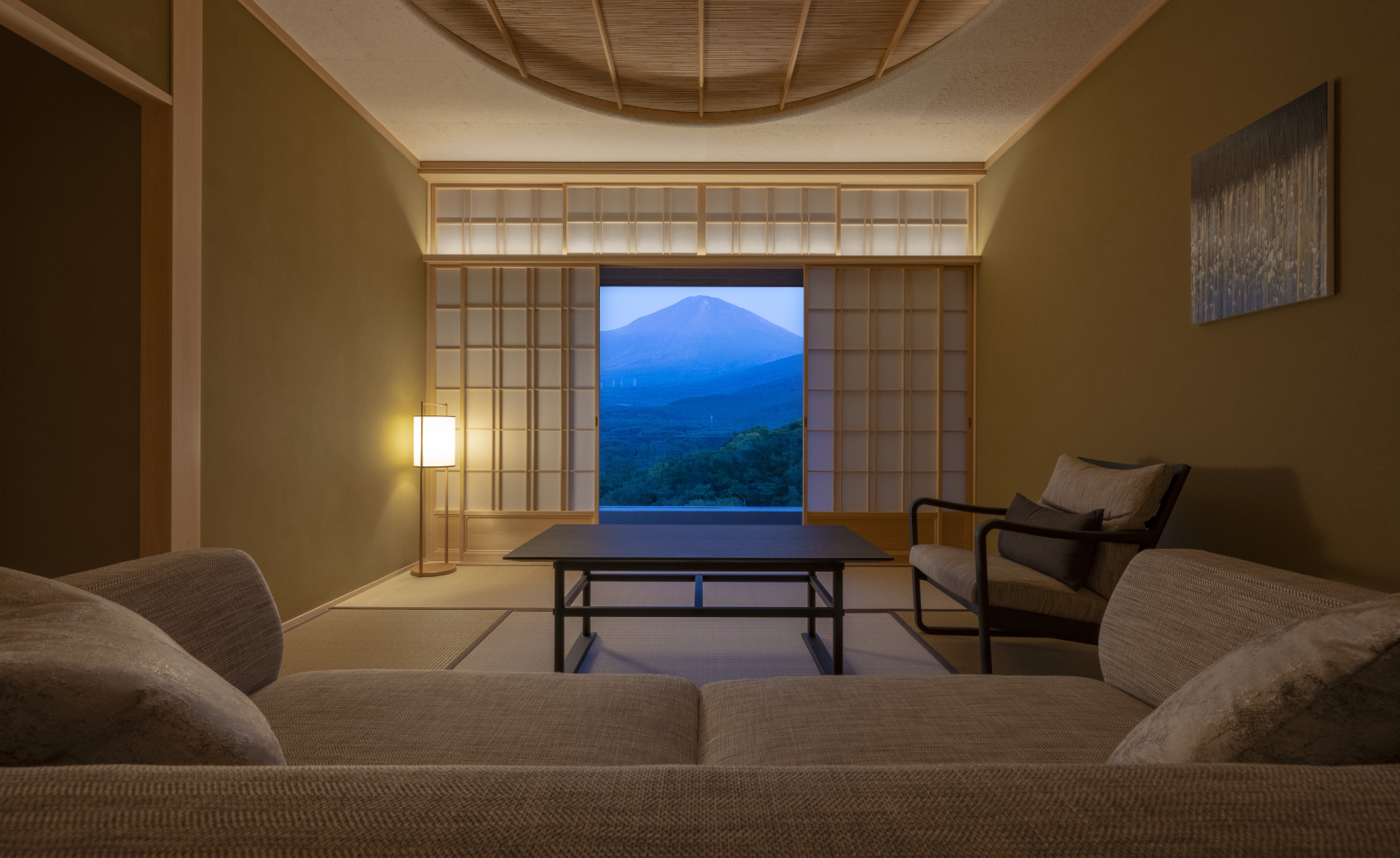 The best way to see Mount Fuji? Book a stay here
The best way to see Mount Fuji? Book a stay hereAt the western foothills of Mount Fuji, Gora Kadan’s second property translates imperial heritage into a deeply immersive, design-led retreat
-
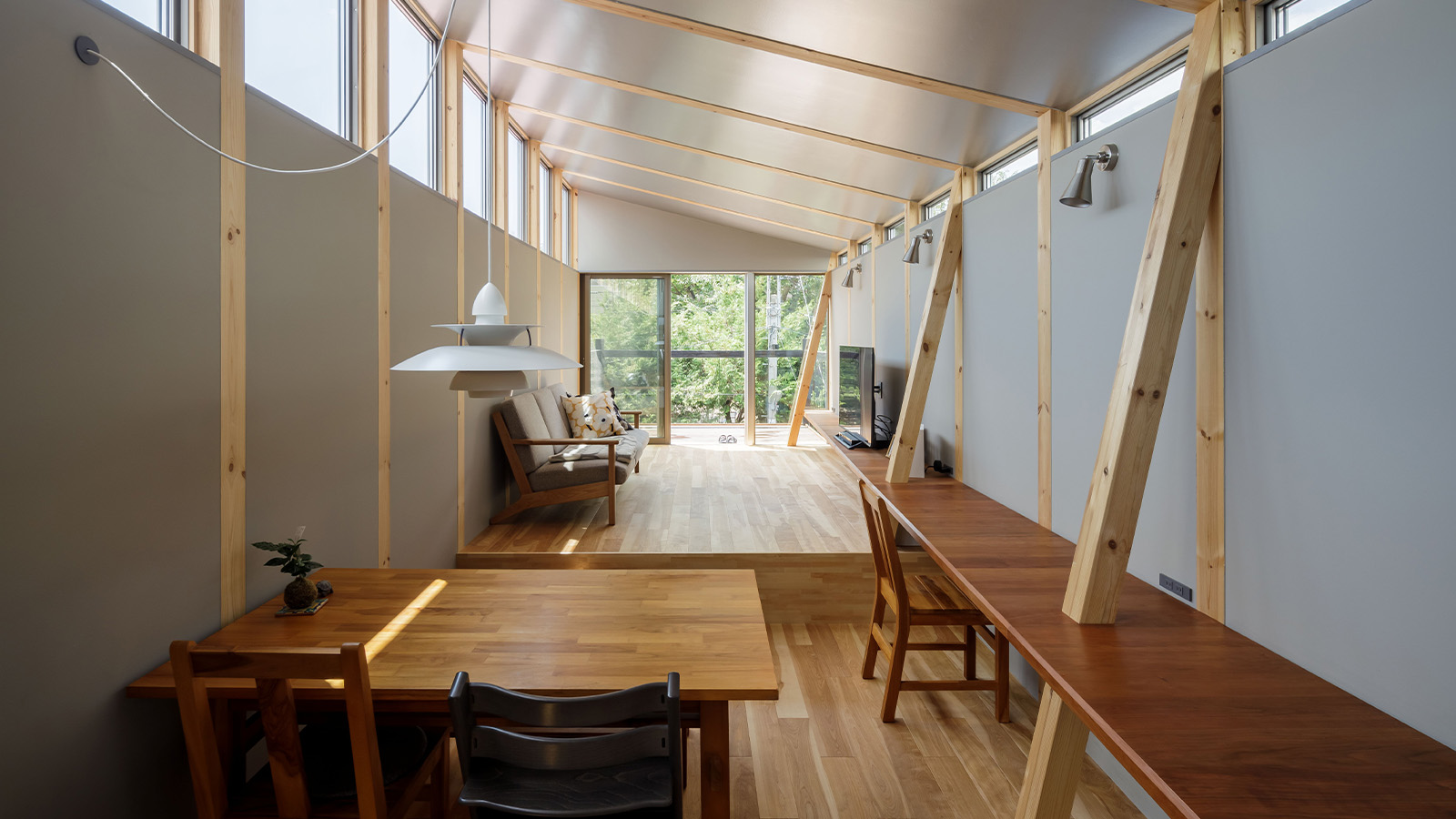 This Fukasawa house is a contemporary take on the traditional wooden architecture of Japan
This Fukasawa house is a contemporary take on the traditional wooden architecture of JapanDesigned by MIDW, a house nestled in the south-west Tokyo district features contrasting spaces united by the calming rhythm of structural timber beams
-
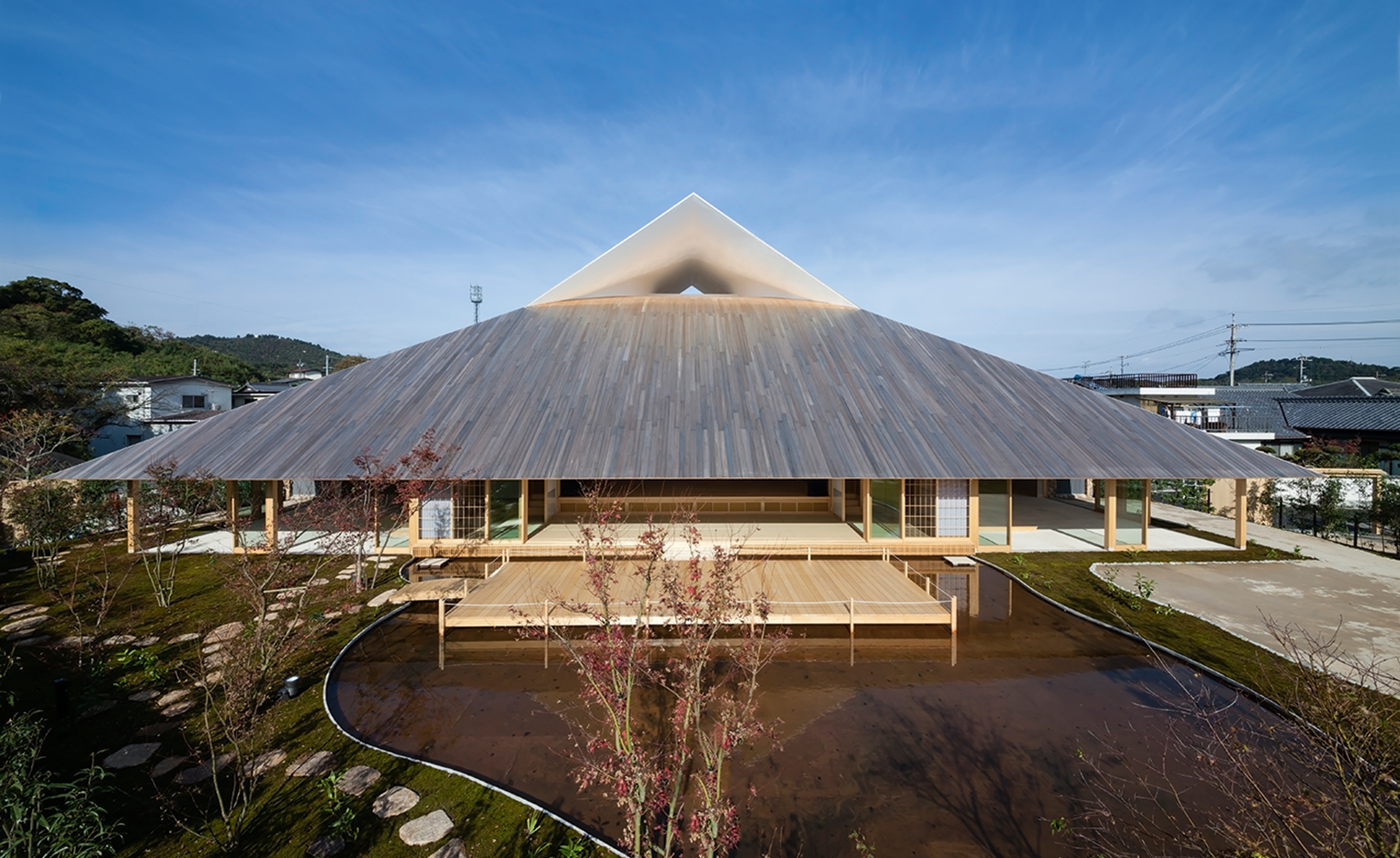 Take a tour of the 'architectural kingdom' of Japan
Take a tour of the 'architectural kingdom' of JapanJapan's Seto Inland Sea offers some of the finest architecture in the country – we tour its rich selection of contemporary buildings by some of the industry's biggest names
-
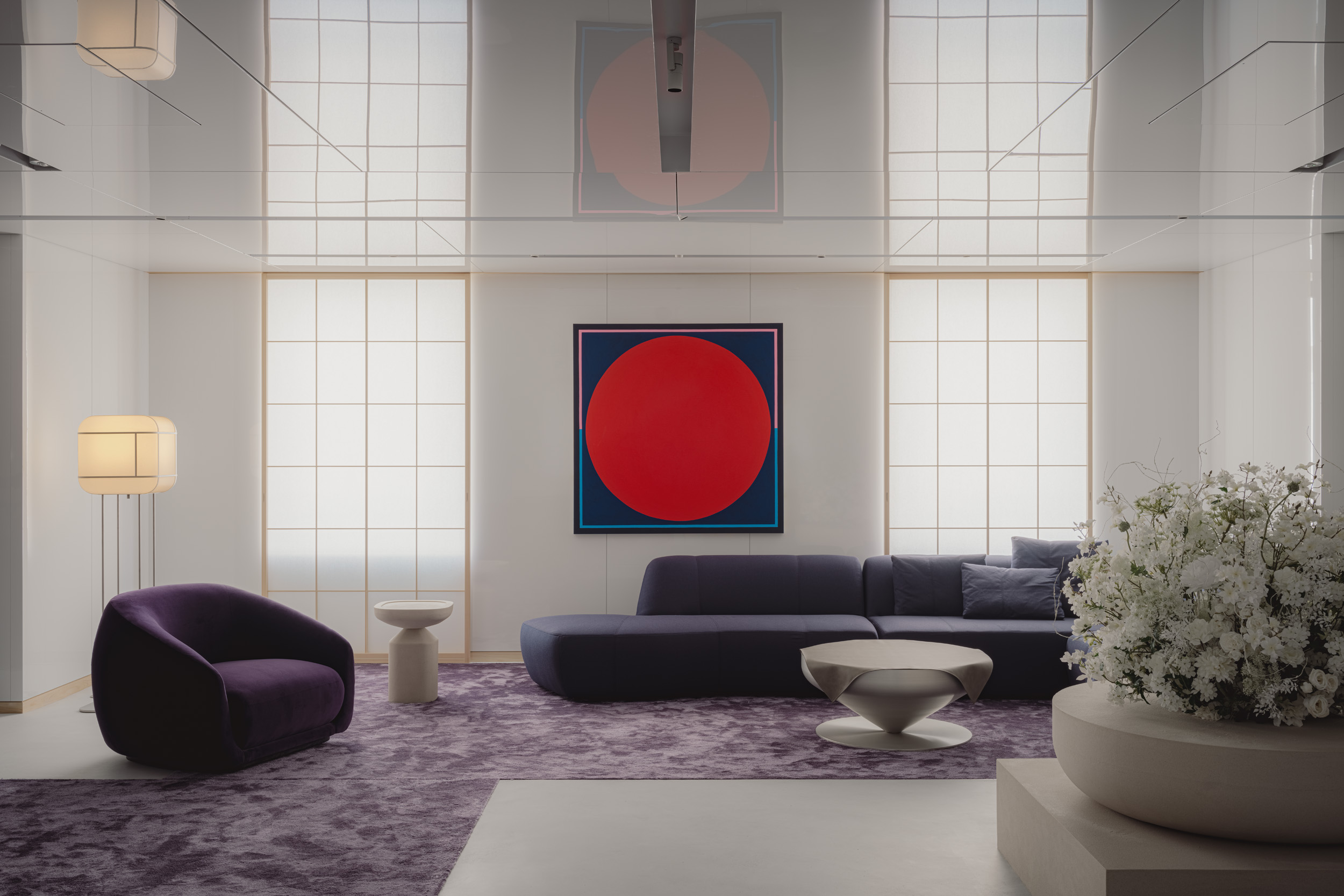 Matsuya Ginza lounge is a glossy haven at Tokyo’s century-old department store
Matsuya Ginza lounge is a glossy haven at Tokyo’s century-old department storeA new VIP lounge inside Tokyo’s Matsuya Ginza department store, designed by I-IN, balances modernity and elegance
-
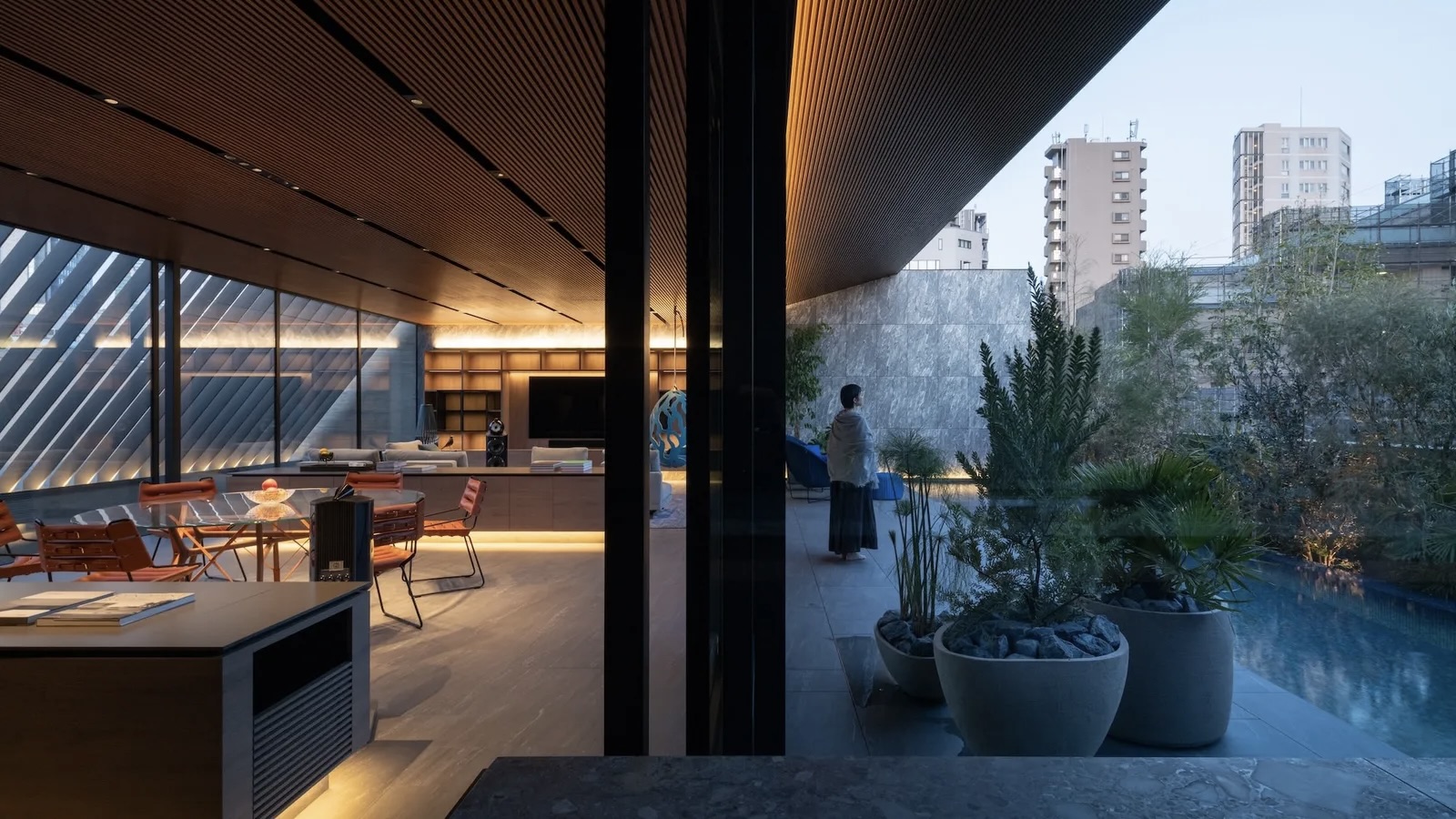 The Architecture Edit: Wallpaper’s houses of the month
The Architecture Edit: Wallpaper’s houses of the monthThis September, Wallpaper highlighted a striking mix of architecture – from iconic modernist homes newly up for sale to the dramatic transformation of a crumbling Scottish cottage. These are the projects that caught our eye
-
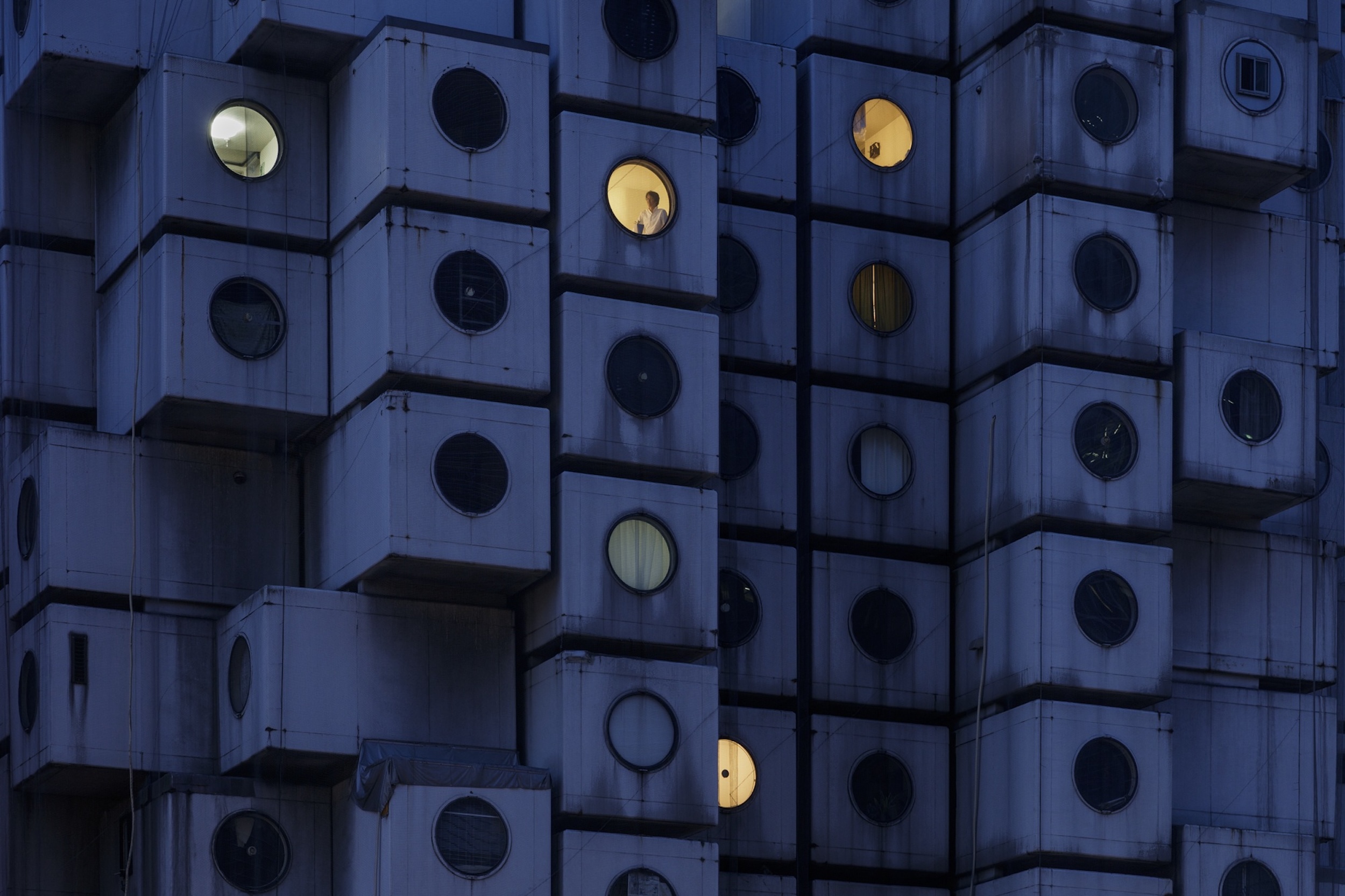 Utopian, modular, futuristic: was Japanese Metabolism architecture's raddest movement?
Utopian, modular, futuristic: was Japanese Metabolism architecture's raddest movement?We take a deep dive into Japanese Metabolism, the pioneering and relatively short-lived 20th-century architecture movement with a worldwide impact; explore our ultimate guide
-
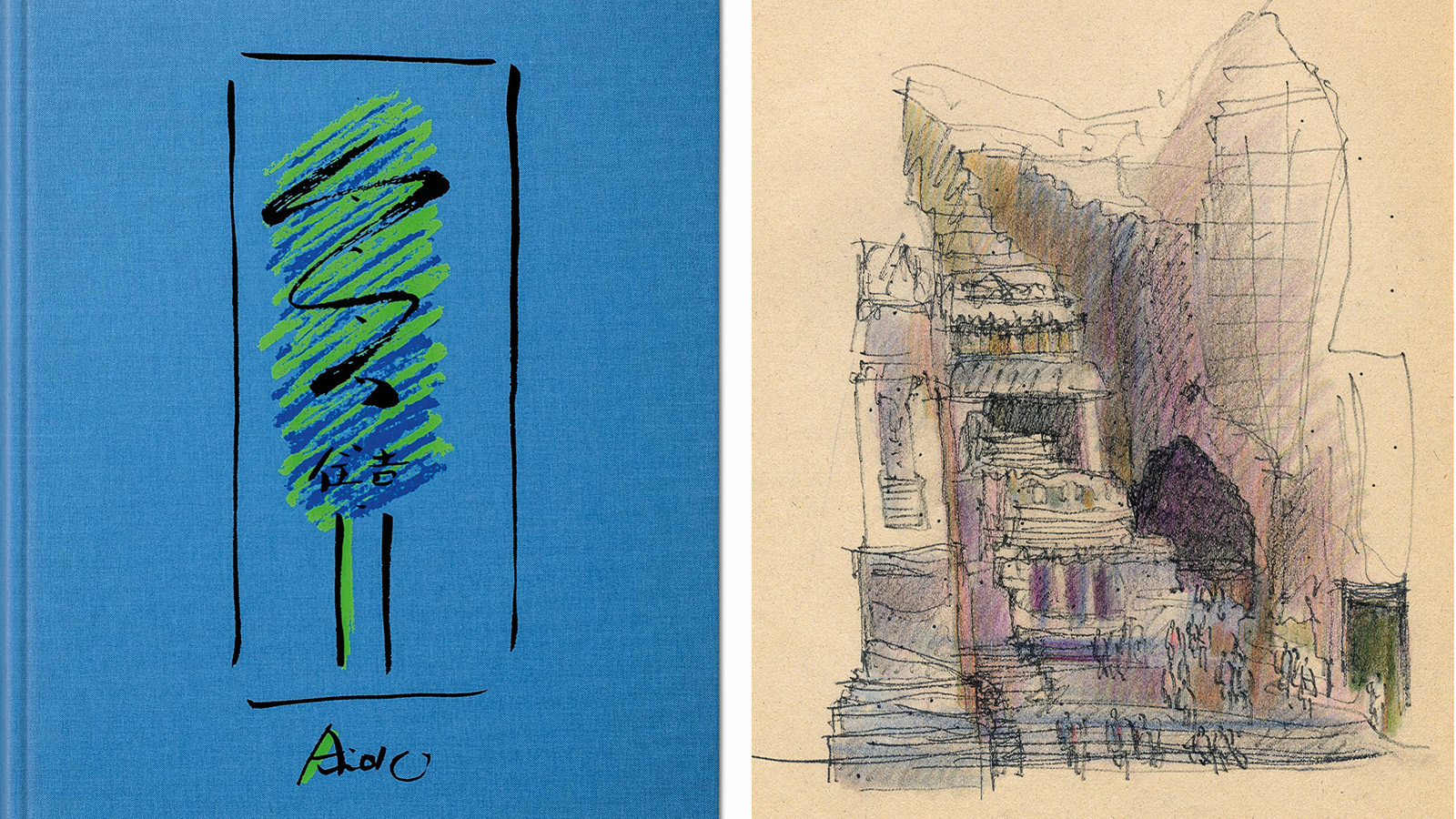 A new Tadao Ando monograph unveils the creative process guiding the architect's practice
A new Tadao Ando monograph unveils the creative process guiding the architect's practiceNew monograph ‘Tadao Ando. Sketches, Drawings, and Architecture’ by Taschen charts decades of creative work by the Japanese modernist master
-
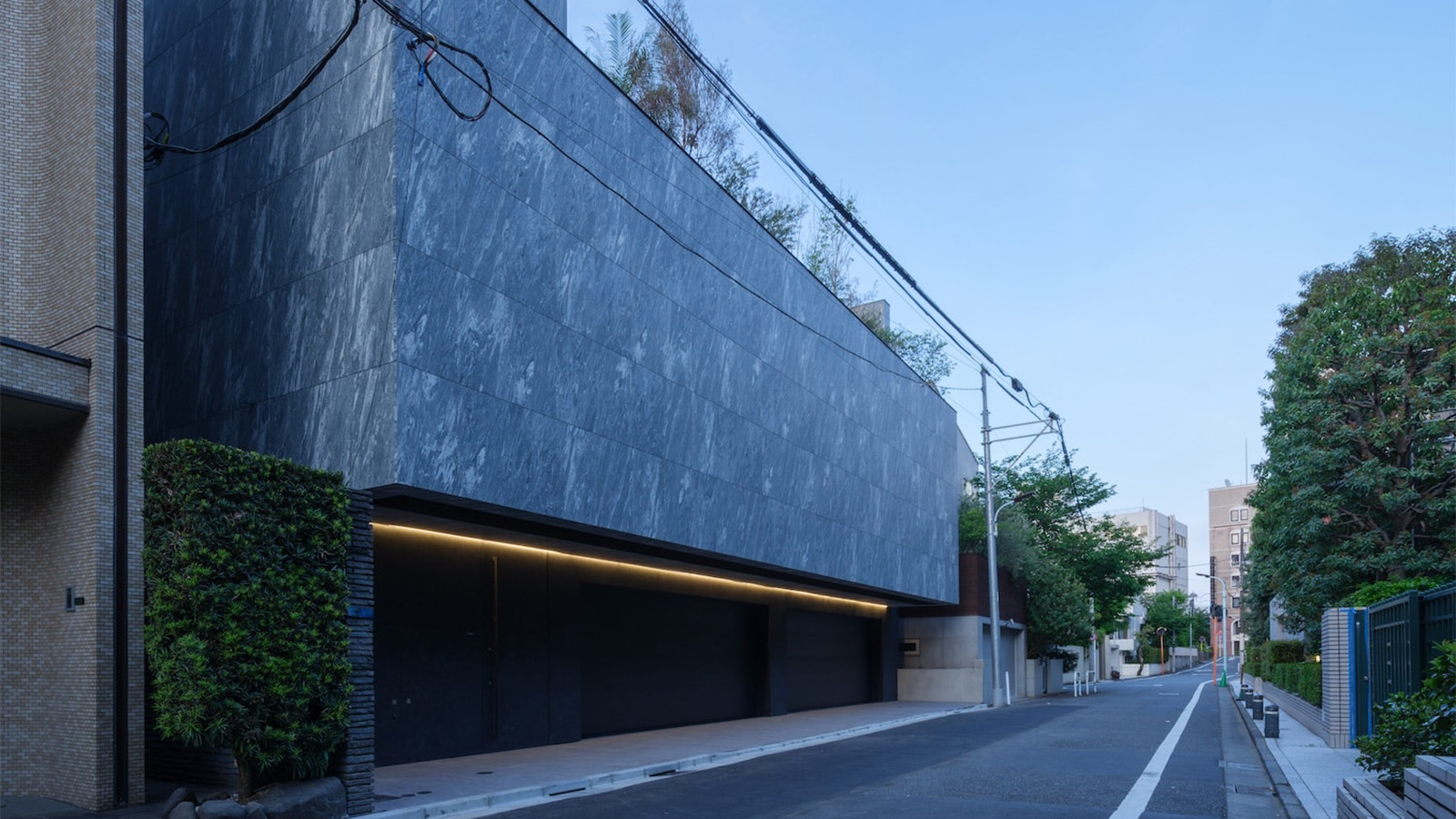 A Tokyo home’s mysterious, brutalist façade hides a secret urban retreat
A Tokyo home’s mysterious, brutalist façade hides a secret urban retreatDesigned by Apollo Architects, Tokyo home Stealth House evokes the feeling of a secluded resort, packaged up neatly into a private residence
-
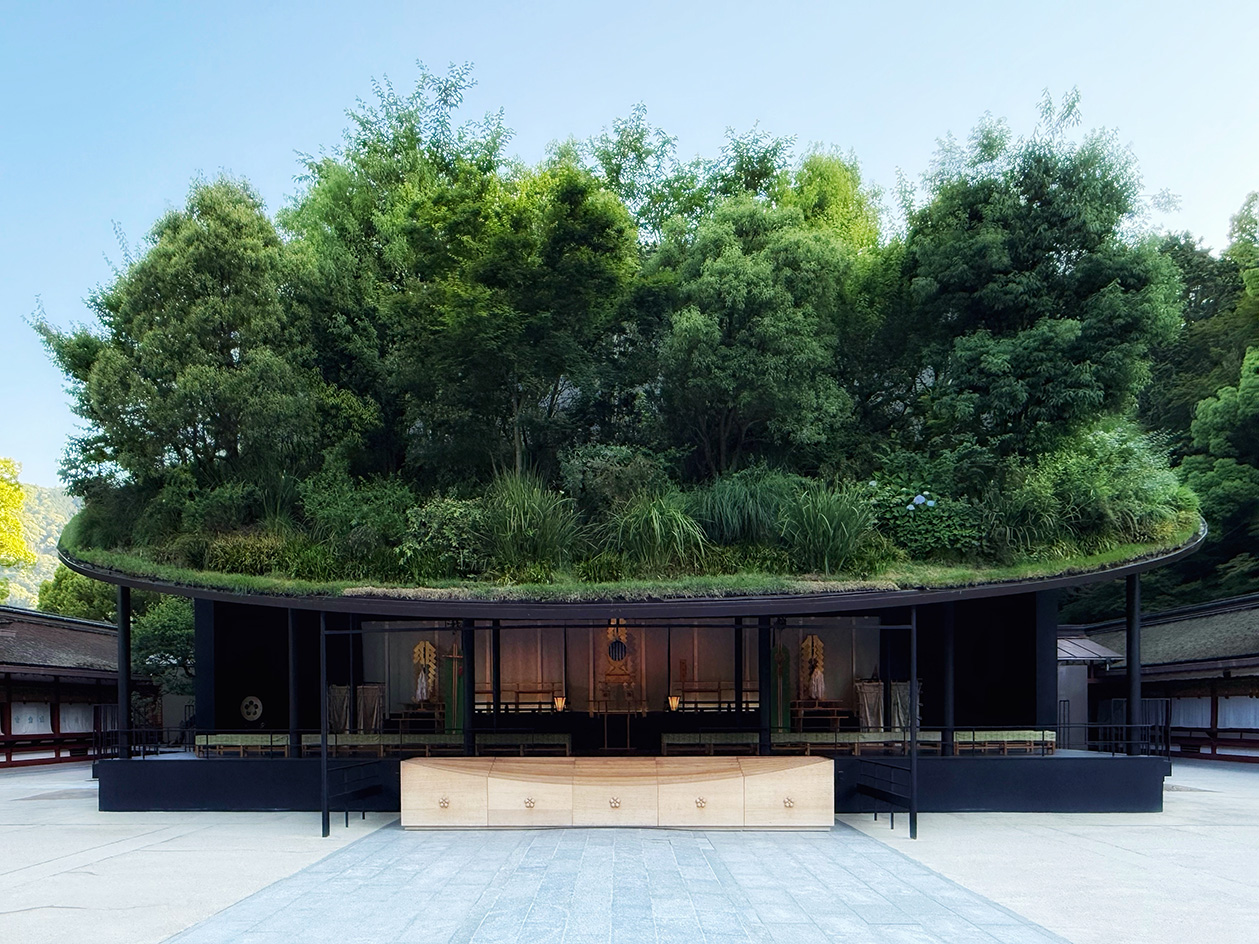 Landscape architect Taichi Saito: ‘I hope to create gentle landscapes that allow people’s hearts to feel at ease’
Landscape architect Taichi Saito: ‘I hope to create gentle landscapes that allow people’s hearts to feel at ease’We meet Taichi Saito and his 'gentle' landscapes, as the Japanese designer discusses his desire for a 'deep and meaningful' connection between humans and the natural world